Do Snails And Slugs Eat Tomatoes? Tomatoes are great crops to grow in your backyard. Whether you’re planning to eat or sell your homegrown tomatoes, they will likely end up as crops that yield great returns.
Of course, growing tomatoes is easier to say than doing it. You’ll have to contend with pests that are looking for a free meal while you are tending to your tomatoes.
Learn more about the pests that may infiltrate your garden and eat your tomatoes by continuing with the rest of this article.
Table of Contents
Do Snails and Slugs Eat Tomatoes?
Snails and Slugs do eat tomatoes. Tomatoes are among the plants that snails and slugs like to eat the most. Snails and slugs like eating tomatoes because of how accessible they are. The aforementioned mollusks will eat every part of the tomato, including its stem and its leaves.

You can do everything to create the ideal environment for growing tomatoes in your garden and your final harvest may still be underwhelming.
In all likelihood, your poor harvest was likely brought about by some unwanted guests.
Insects such as tomato fruitworms, cutworms, and beetles like to eat tomatoes. Small mammals including rabbits, raccoons, and squirrels may also sneak away with some of your tomatoes if given the opportunity.
Homeowners should also be wary of snails and slugs on their property. Those mollusks will not hesitate to consume tomato crops.
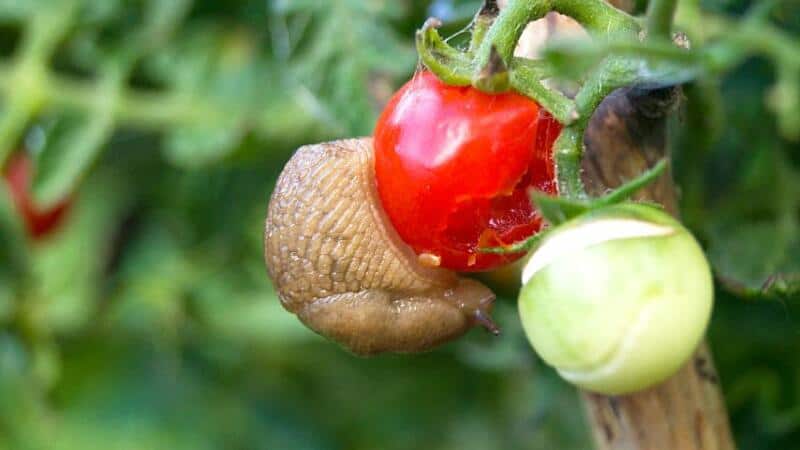
Slugs and snails like eating tomatoes due in large part to how accessible they are. Tomatoes often sprout low to the ground so the snails and slugs can get to them relatively easily.
The aforementioned pests will also eat well thanks to your tomatoes. They’ll eat every part of the tomato plant, stems and leaves included.
Unless you want to keep treating those snails and slugs to free meals, you should take measures to protect your tomatoes from them.
Read about what is eating your tomatoes at night.
How to Confirm the Presence of Snails and Slugs
Before you proceed with any plans to remove the snails and slugs hanging out in your garden, you should first confirm their presence by looking for particular signs.
First off, snails and slugs tend to leave mucous trails on the surfaces they touch. Grab your damaged tomatoes and see if you can find traces of that mucous.

You can tell that you have slugs and snails around if the mucous has a silvery tint to it. The mucous trails may also be found on the fruits and the soil below.
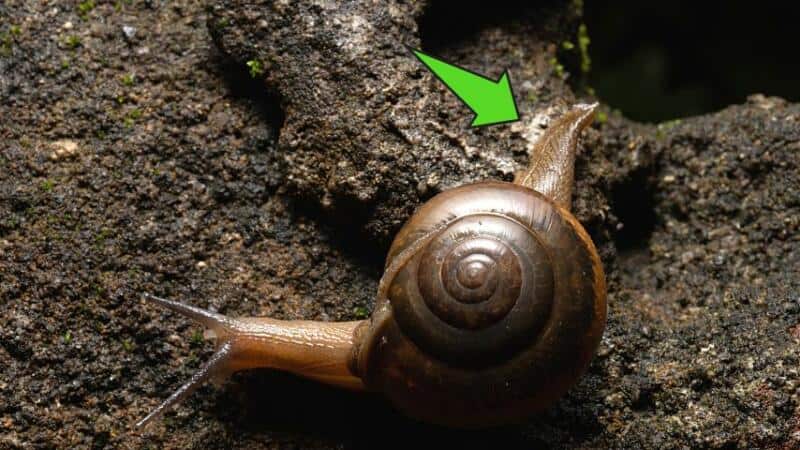
Next, you want to check the kind of damage done to your tomatoes. As we noted in the previous section, slugs and snails will eat just about every part of the tomato.
If you see damaged stems, leaves, and fruits, then there’s a good chance that those mollusks got to your tomatoes.
Speaking of damage, snails and slugs tend to leave irregular holes behind on tomatoes on the items they eat. Those irregular holes on your tomatoes will also have smooth edges, per this article from Utah State University.
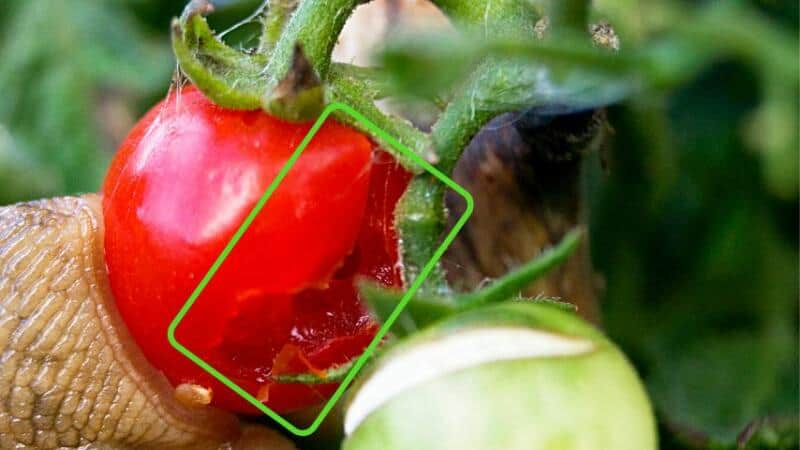
The presence of those signs should confirm that your tomatoes are being ravaged by snails and slugs.
Now that you know what kind of pests you are dealing with, you can take steps to get rid of them.
Getting Rid of the Slugs and Snails in Your Tomato Garden
Learning that you have snails and slugs in your garden can be troubling, but don’t despair. Compared to some of the other pests commonly known to feed on household crops, slugs and snails are among the easiest to deal with.
You can start by removing any objects that the snails and slugs may be using as shelter. Look for boxes, containers, and any other objects that can serve as shelter for a slug or snail and remove it.
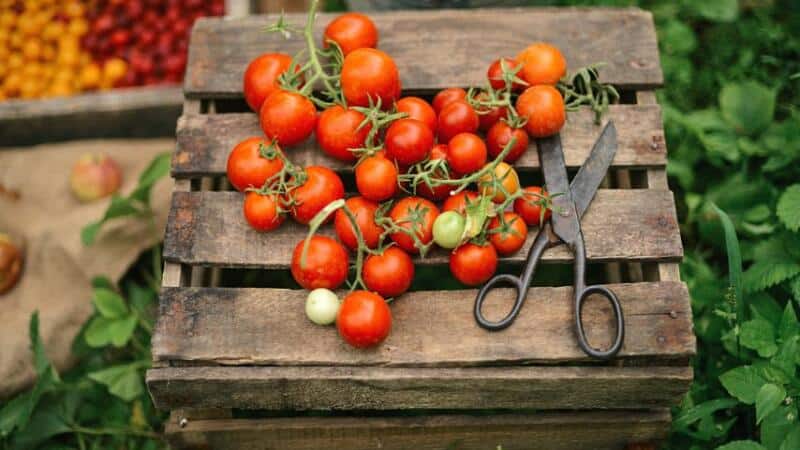
Even rocks and pieces of wood can work as a shelter for the mollusks we’re talking about so you want to clear them away too.
Check some of the fixtures in your yard because they could also be playing host to slugs and snails. Focus specifically on your walls because there may be holes in there that the slugs and snails are already using.

If you are having a hard time finding the slugs and snails, you can focus instead on protecting your tomatoes.
Set up a screen around your tomato plants and cover it in copper tape or copper wire. When the slugs and snails try to navigate the barrier, they will be greeted by an unpleasant sensation that will drive them away.

You can also force the slugs and snails away from your tomatoes by surrounding them with certain plants.
Snails and slugs do not like lavender, mint, and rosemary. Those mollusks may stop going after your tomatoes if they sense that those herbs are close by.
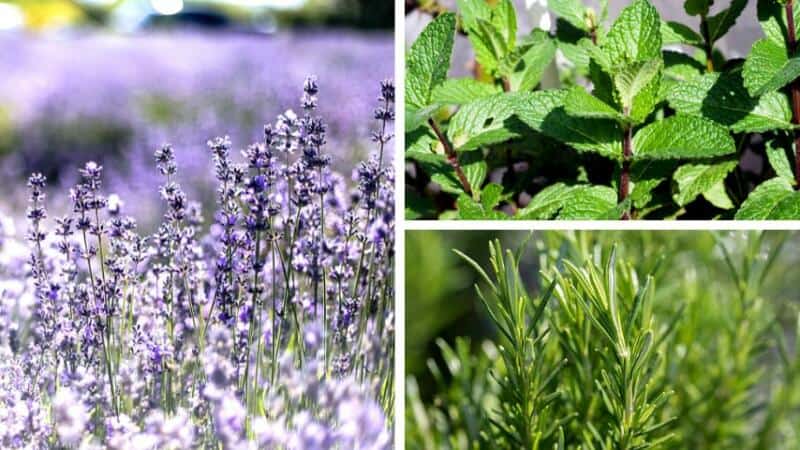
What Other Plants Snails and Slugs Like to Eat
Your tomatoes are not your only crops at risk if your garden is infested by snails and slugs.
They will also go after leafy vegetables including cabbage and lettuce. Slugs and snails also enjoy feasting on beans and strawberries.
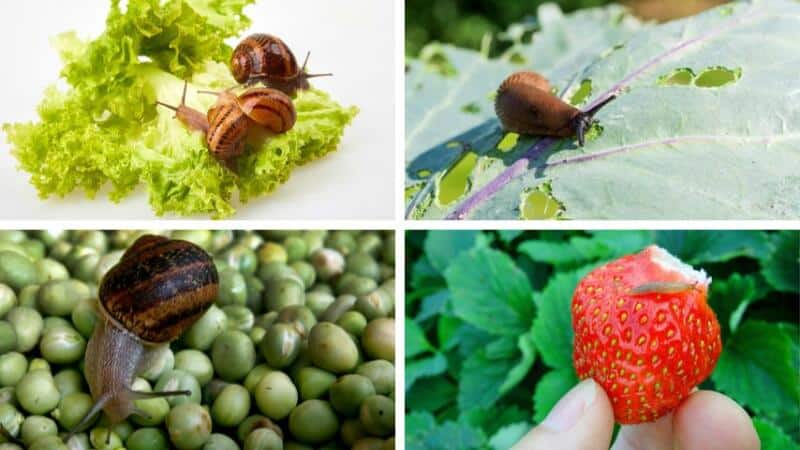
Those pests will also feed on flowers such as dahlias and marigolds.

Go ahead and use the removal and deterring methods we already discussed if you want to keep your other plants safe from slugs and snails.
Frequently Asked Questions about Do Snails and Slugs Eat Tomatoes
Do Slugs and Snails Eat Rotten Tomatoes?
Snails and slugs will eat tomatoes even if they’ve already gone bad. Dispose of your rotten tomatoes carefully if you don’t want them to attract potential pests.
Can You Eat Tomatoes Damaged by Snails and Slugs?
You can eat a tomato damaged by a snail or slug, but you have to prepare it first. Remove the damaged portion of the tomato with your knife then clean the rest of the fruit thoroughly before eating it.
Conclusion on Do Snails and Slugs Eat Tomatoes
Snails and slugs will eat tomatoes and they will leave no part of the fruit untouched. As long as the snails and slugs can easily get to your tomatoes, they will not hesitate to dig in. You can tell that your tomato crops are being devastated by snails and slugs based on the presence of silver-colored mucous trails and irregular holes in the fruit that are surrounded by smooth edges.

